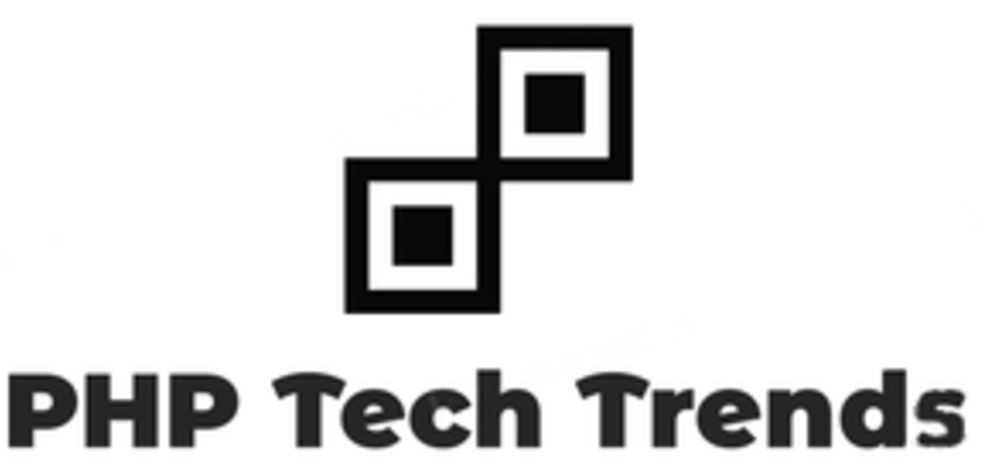Welcome to the exciting world where PHP and mobile app development collide to create seamless user experiences! In today’s fast-paced digital era, user notifications play a crucial role in keeping users engaged and informed. Let’s delve into how PHP can be leveraged for back-end user notifications in mobile apps, ensuring that your users stay connected and up-to-date at all times. Ready to explore the power of PHP in enhancing your mobile app’s notification system? Let’s get started!
The Importance of User Notifications in Mobile Apps
User notifications play a crucial role in enhancing the user experience of mobile apps. They serve as a direct communication channel between the app and its users, keeping them informed and engaged. Notifications can range from simple reminders to important updates or personalized messages tailored to individual users.
In today’s fast-paced world, where attention spans are dwindling, timely notifications help grab users’ attention and keep them coming back to the app. They provide real-time information that is relevant and valuable to the user, increasing app engagement and retention rates.
By leveraging user notifications effectively, app developers can create a more interactive and dynamic user experience. Whether it’s prompting users to complete an action, notifying them of new content, or alerting them about upcoming events, notifications drive user engagement and boost overall satisfaction with the app.
User notifications are not just handy alerts; they are powerful tools for enhancing user engagement and maximizing the utility of mobile apps.
Types of User Notifications in Mobile Apps
User notifications in mobile apps come in various forms to keep users engaged and informed. One common type is push notifications, which are sent directly to a user’s device even when the app is not active. These can include reminders, updates, or alerts tailored to the user’s preferences.
In-app notifications, on the other hand, appear within the app interface while it’s in use. They can range from prompts for feedback or suggestions for further engagement with the app. In-app messages provide a seamless way to communicate important information without disrupting the user experience.
Another type of notification is badges or icons that display on the app icon itself. These visual cues indicate new activity or messages waiting for the user inside the app. This subtle yet effective method encourages users to check back into the app regularly.
Email notifications are also commonly used by apps to reach users outside of their mobile devices. They can include updates on account activity, promotions, or personalized recommendations based on user behavior within the app.
How PHP Can Be Used for Back-End User Notifications
PHP is a versatile server-side scripting language commonly used in web development. When it comes to mobile app back-end user notifications, PHP can play a crucial role in delivering real-time updates to users.
With PHP, developers can set up notification systems that push alerts to users regarding new messages, updates, or any other relevant information. Using PHP along with tools like Firebase Cloud Messaging (FCM) allows for seamless integration of notifications into mobile apps.
By leveraging PHP’s capabilities, developers can personalize notifications based on user preferences and behavior patterns. This ensures that users receive timely and relevant alerts tailored to their needs.
PHP provides the flexibility to schedule and automate notifications at specific times or events within the app. This helps enhance user engagement and retention by keeping them informed and engaged with the app’s content.
Incorporating PHP for back-end user notifications adds value to mobile apps by creating a more interactive and dynamic user experience.
Implementing User Notifications with PHP and Examples
When it comes to implementing user notifications in mobile apps using PHP for the back-end, there are various ways to enhance user engagement and interaction. One common method is through push notifications, which allow real-time updates to be sent directly to users’ devices.
By leveraging PHP scripts on the server-side, developers can trigger personalized notifications based on specific user actions or predefined events. For example, sending a notification when a new message is received or when an order status changes.
PHP provides flexibility in customizing the content and timing of notifications. Developers can tailor messages with dynamic data such as users’ names, product details, or relevant information to increase relevance and drive user engagement.
PHP frameworks like Laravel offer built-in features for managing and sending notifications efficiently. With just a few lines of code, developers can set up notification channels and easily send messages across multiple platforms seamlessly.
Integrating PHP for back-end user notifications enables app developers to create a more interactive and engaging experience for users while keeping them informed in real-time.
Conclusion
User notifications play a crucial role in engaging and retaining users in mobile apps. PHP offers a reliable and efficient way to manage back-end user notifications, ensuring that users are kept informed and engaged with the app’s latest updates and activities.
By implementing user notifications with PHP, developers can create personalized and interactive experiences for users, ultimately enhancing the overall app performance and user satisfaction. Stay updated on the latest trends in mobile app development to leverage the power of PHP for delivering seamless user notification experiences.

